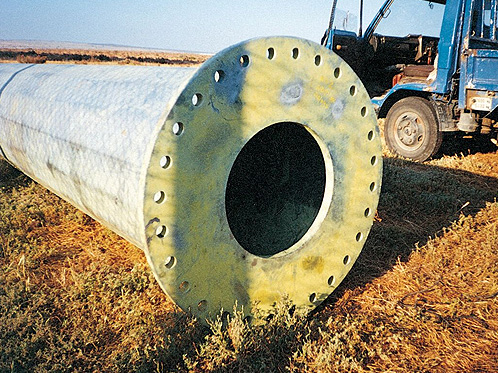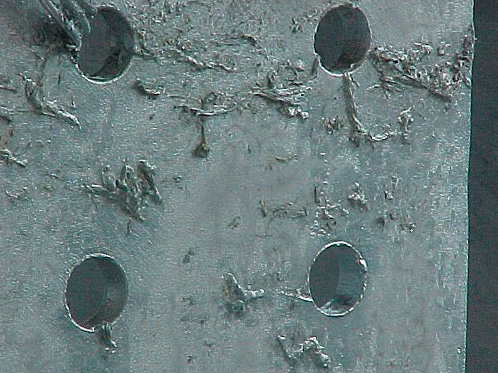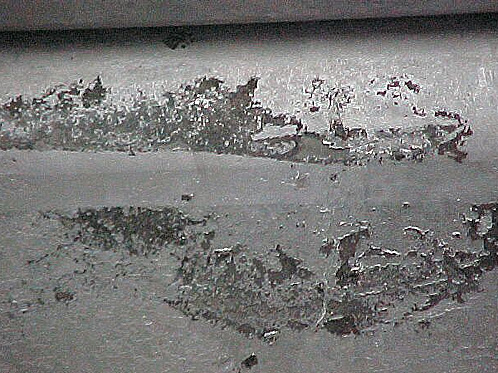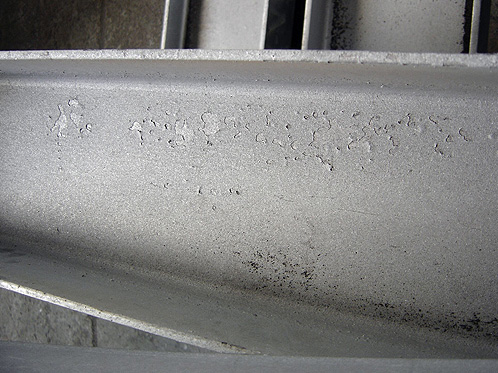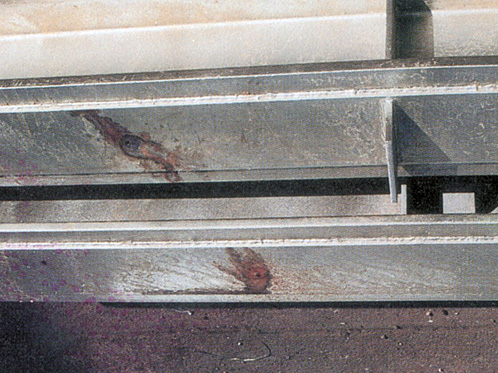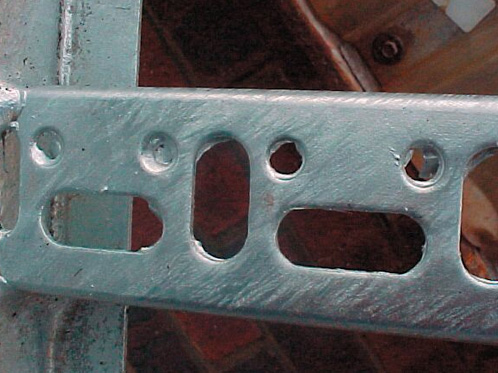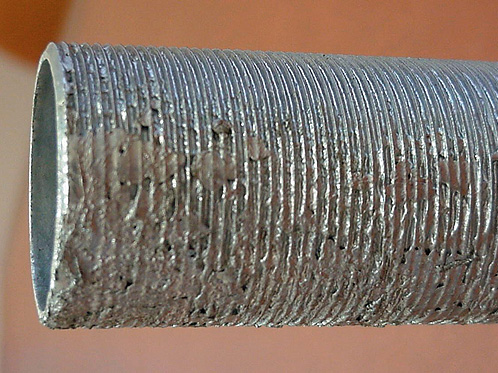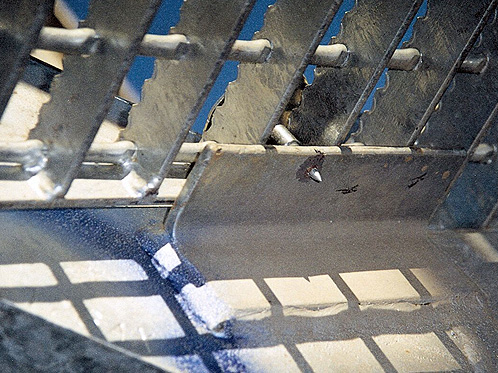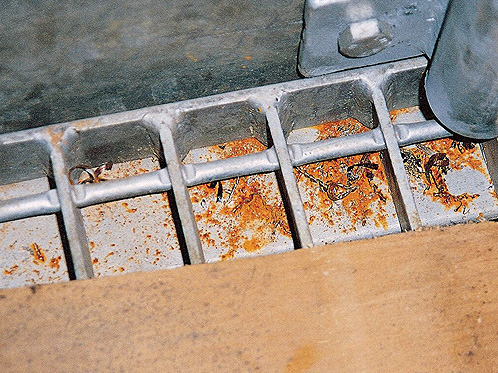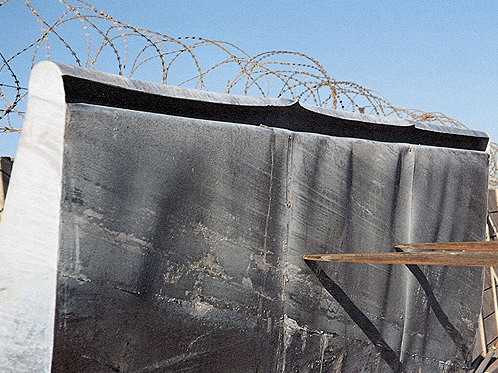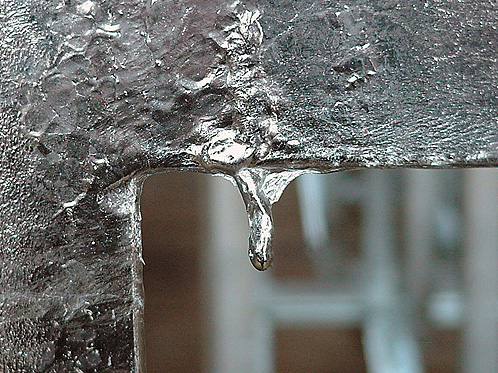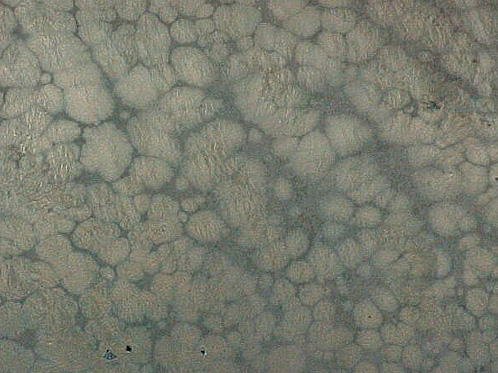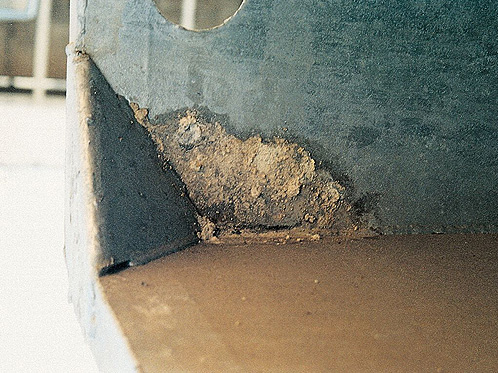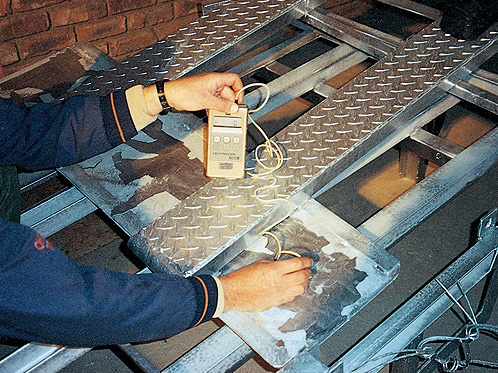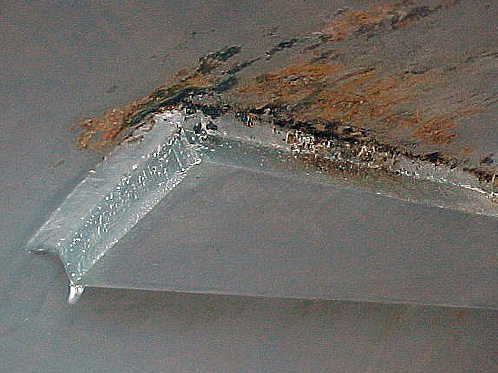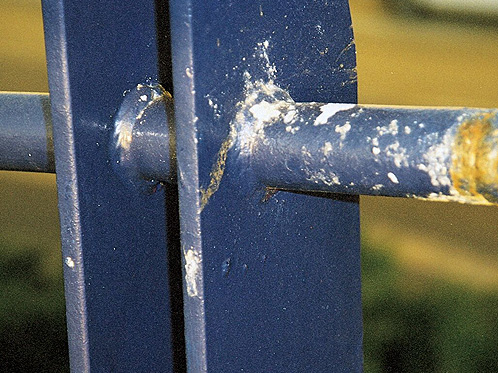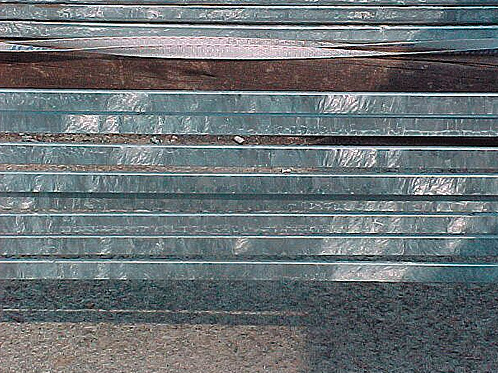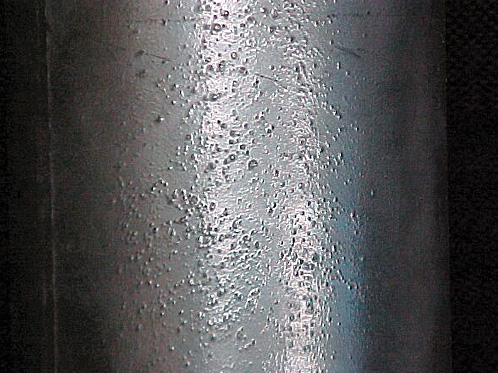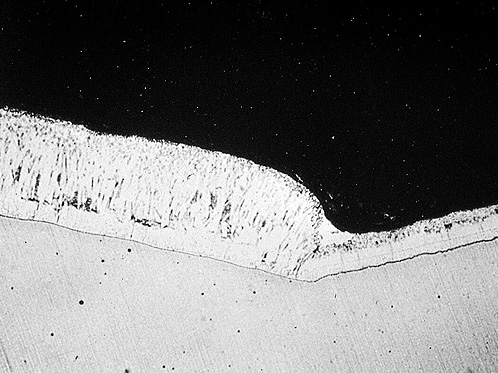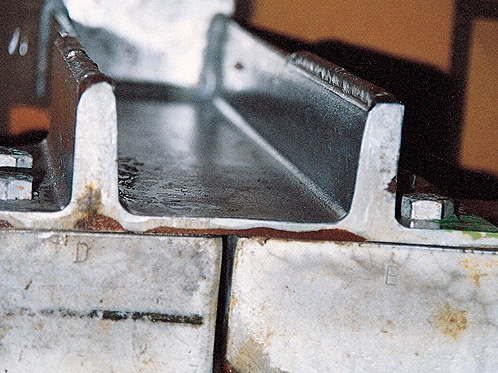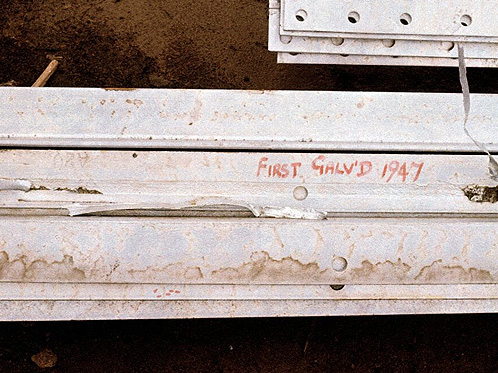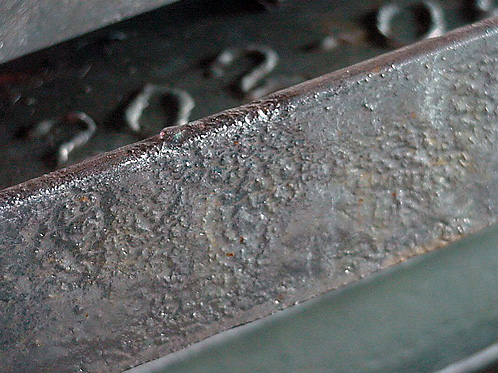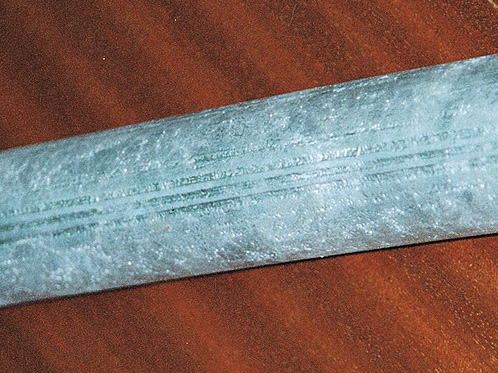Steel is a wonderfully versatile and strong material, allowing for the design and erection of buildings for a very wide range of needs and applications. Steel is therefore inevitably a key component in the building of factories, warehouses, office blocks and residential dwellings.
Traditionally steel was viewed predominantly as a strengthening element in the design of such buildings. Over recent times a trend has developed whereby the steel elements are left exposed and form a key part of the visual impact strived for by the architect. Some reasons for this are
- Modular steel structures are not complex to design or fabricate and have the advantage of facilitating fast erection times
- Our environmental consciousness has promoted an appreciation for natural materials such as steel, stone and glass. These integrate well with our surroundings.
A confirmation of this trend is evident in the success of many projects both locally and internationally that have integrated the use of natural materials to produce aesthetically pleasing results. Examples of such projects are to be found on our website, specifically
- About us / AWARDS / AWARDS 2011 – WATERFALL HILLS
- Magazine / Intergalva awards
- Case study / Stratfords Guest House
For all steel structures and in particular those that, through design, are exposed for visual impact, corrosion control is required. Hot Dip Galvanizing provides an ideal form of corrosion control in a wide range of environmental conditions. Whilst it is recognized that the key function of HD Galvanizing is to provide corrosion control, a standard of surface finish that enables the use of hot dipped galvanized steel as an architectural feature is possible.
For the success of such a project, a close collaboration between architect, designer, fabricator and galvanizer is ESSENTIAL. It is recommended that a project quality plan be compiled and agreed to by all contracted parties. Such a plan must include, inter alia, project quality checkpoints at which inspections must occur, clearly defining the inspection authority and standards to be used.
Collective experience in this field has caused our Association to compile a series of documents to assist in this regard
 | T: +27 (0)10 746 8927 | E: hdgasa@icon.co.za
| T: +27 (0)10 746 8927 | E: hdgasa@icon.co.za 



